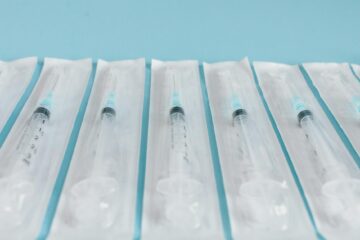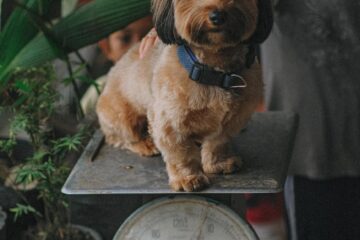Welcoming a new litter of puppies into the world is an exciting and joyous experience! Ensuring that the mother and her puppies have a safe and comfortable environment is crucial for their health and well-being during this critical phase. Setting up a whelping area requires careful planning and attention to detail. In this post, I will walk you through considerations to create a safe whelping area. Please note that this post discusses only the whelping area itself. If you’d like information on other supplies I recommend for whelping, check out the Ultimate Guide to Building Your Whelping Kit.
Choosing the Right Location: Selecting the ideal location for the whelping area is the first step in creating a comfortable space for your dog and her puppies. Choose a quiet, low-traffic area of your home that is free from disturbances, excessive noise, and other pets. This will help momma feel at ease and reduce stress during the birthing process.
Whelping Box: This should be large enough for the mother to comfortably move around and nurse her puppies. Many designs, particularly for larger breed dogs, have guardrails (aka pig rails) to prevent the puppies from being squished by mom. In a pinch, many people have successfully used a plastic kiddie pool as a whelping box.
Bedding: Use soft, washable bedding such as old blankets or towels. Avoid materials that could pose a risk to the puppies, such as bedding with loose threads or fabric they could swallow. You may also consider lining the bedding with disposable puppy pads for easy cleanup.
Heat Source: Puppies are unable to regulate their body temperature effectively in their early days. There are many options to maintain a warm and consistent temperature in the whelping area. These include heating pads, hot water bottles, a heat lamp, Lovett’s Heated Whelping Nest, or the Snuggle Safe. You can also warm towels in the dryer. It’s important to be VERY careful with heating because puppies can EASILY be burned! Heating pads should stay on low, heat lamps should be very well attached, and the puppies should have an option to move to a cooler area of the whelping box to prevent getting overheated.
Thermometers: The ambient temperature in the room should be around 75-80° F and the temperature in the whelping box (at puppy level) should be around 85-90°F. This temperature can decrease by approximately 5° each week. It’s helpful to have a separate thermometer with a long probe that can be placed under the top layer of blankets to track the temperature at puppy-level.
Puppy Scale: A scale that measures in grams or ounces (such as a food scale) is essential for monitoring the puppies’ growth and ensuring they’re thriving. Set it up close to the whelping box so you can easily check the puppies’ weights twice per day.
Water: Always have fresh, clean water available for the mother. Ensure the water is secured away from the puppies’ access to prevent drowning or other injury.
Cleanliness: Keep the whelping area clean by changing the bedding regularly. This helps prevent infections and keeps the environment hygienic. Clean all solid surfaces with Rescue® or dilute bleach (1:10 dilution) as needed. Ensure all cleaning agents have been rinsed off surfaces before allowing contact with the puppies.
Cameras: While certainly not required, installing a camera, such as a baby monitor, to keep an eye on the whelping area can be helpful.
Following these recommendations when setting up a whelping area for your dog can create a comfortable and safe space for your dog and her puppies. This will give them a healthy start and provide the best opportunity for a happy life ahead!



0 Comments